Samsung has improved a lot when it comes to Android updates, but there is still some work to be done.
Updates are something no Android handset maker outside of Google has ever been really great at. Overall, the landscape has improved by leaps and bounds, but sometimes when you drill down to individual manufacturers and especially individual phones things still need a lot of work.
Since Samsung is a name that's almost synonymous with Android, I decided to take a long hard look at how the company is doing when it comes to updating the phones it sells. I looked at both platform updates as well as the more important security updates, expensive phones and cheap phones, and even how things look by region. Here's where things stand.
More: The Galaxy S20 is the first phone to have Samsung's own security chip inside
The good
Samsung is on the ball for its flagship phones. Whether you buy unlocked or from a carrier, you can expect Samsung to update your phone with two platform versions and get mostly prompt security updates, at least for the first year.
Expect to wait for a while for full platform updates, as it takes Samsung time to change Android into its own software. It's much improved from years past, and you can expect to see a full version update about 8-12 months after Google builds one if you own a flagship phone from Samsung. I know some folks want it instantly, but for Samsung to build, test, and fix a major change to the software takes time. I think getting a major platform update every year, even if it's behind Google's schedule, is OK.
Here's when your Samsung phone will get the Android 10 update
Security patches are another, more impressive story. Samsung has three vectors for security updates: Google's Android Security Bulletin, Samsung Knox, and carrier patches. When it comes to security updates direct from Google, the Galaxy S line is there to get them on day one, if not before. These builds often have Knox enhancements built-in, so if you use a separate work profile or just use some of Knox's utilities like private folders know that Samsung cares to keep Knox up to snuff, too.
Carrier patches are mostly a thing of the past, and even then are mostly carrier-based, so Samsung gets a full pass here. Even the world's largest phone maker can't make AT&T or Verizon hurry.
What's not so good
Everything above is true only when talking about Samsung's more expensive models, and mostly for just for the first year. That's not always true and we've seen phones like the Galaxy S7 get a security update out of nowhere long after support had ended, but for the most part, Samsung shifts focus to the newer flagships once they are built.
Budget phones need support, too, and Samsung could do better here.
I get it — this makes sense from a financial perspective, but I'm not taking that into account when looking at the big picture. If Samsung needed to add $5 to the cost of every phone to care more about budget models or phones more than a year old, then it should.
For budget phones there's certainly some sort of playbook, but not one that we can easily understand. Some, like the Galaxy A series of phones, will get security patches on a regular basis while new. That means if not once a month when Google releases patches, at least once every three months. Other phones, like the Galaxy J handsets so popular just a year or two ago, seem to have been all but forgotten.
Samsung's flagship phones follow a trend that's easier to see — for the first year they get top-notch service, especially when it comes to security patches. You'll find times when a carrier still manages to get in the way but for the most part, your Galaxy S20 will get its security patch on or before the 5th of each month.
Older models still get security updates as long as they are supported but you probably won't see one every month or quite as early. Still, as long as Samsung is sending out a hefty security patch every 90 days, it's doing well. Certainly better than most Android makers. The good news here is that the Galaxy S10 is now the "old" flagship and still getting fairly prompt updates, so this may be changing.
The region seems to matter a lot here when it really shouldn't. North America and most of Western Europe follow the trends expressed above. Move to India or Asia (outside of Korea) and the whole thing is one gigantic crapshoot.
I hate to think Samsung considers a country more important based on its GDP, but it almost looks that way.
There is no reason for a Galaxy S10 or Note 10 in Romania or Vietnam or India to be several months behind when it comes to security patches. I understand that any user-facing portions need to be localized into a region's language but I can't recall seeing any changes in a security patch that would require this, except the notification. And if you happen to be in North America but have your phone set with Russian or Hindi your security patch will download and install just fine.
I'm not privy to Samsung's internal policies and practices when it comes to updates, and I hate to say Samsung values some folks' money more than others. So I'm not even going to guess why this happens and suggest you ask Samsung if you really want an explanation.
The report card
After poring through forums and reading way too much about it all, I'm giving Samsung a B- here.
If you live in the west and have a Galaxy S10 or 20 series, or a Galaxy Note 10 series, you probably have Android 10 and a security patch or April 2020 or later. That's perfect and on its own is totally an A+.
Nobody thought Samsung would improve as much or as fast as it did.
What drags the grade down is how Samsung differentiates between regions and how the value branded phones don't get the same sort of attention. Hopefully, Samsung can improve here.
The best part of it all is how much Samsung has improved its update game in the past few years. No longer will you wait forever to see a platform update for a flagship phone or be six months behind on security patches. Samsung totally gets the A for effort here, and I'm really pleased to see Samsung making moves to better serve its customers. Sure, you won't get Android 11 on day one (nor will you have to deal with Android 11's day one bugs) but you'll get it next Spring, and in the meantime, the important updates are coming out faster than ever before.
Nice work, Samsung!
Get More Galaxy S20
Samsung Galaxy S20, S20+ & S20 Ultra

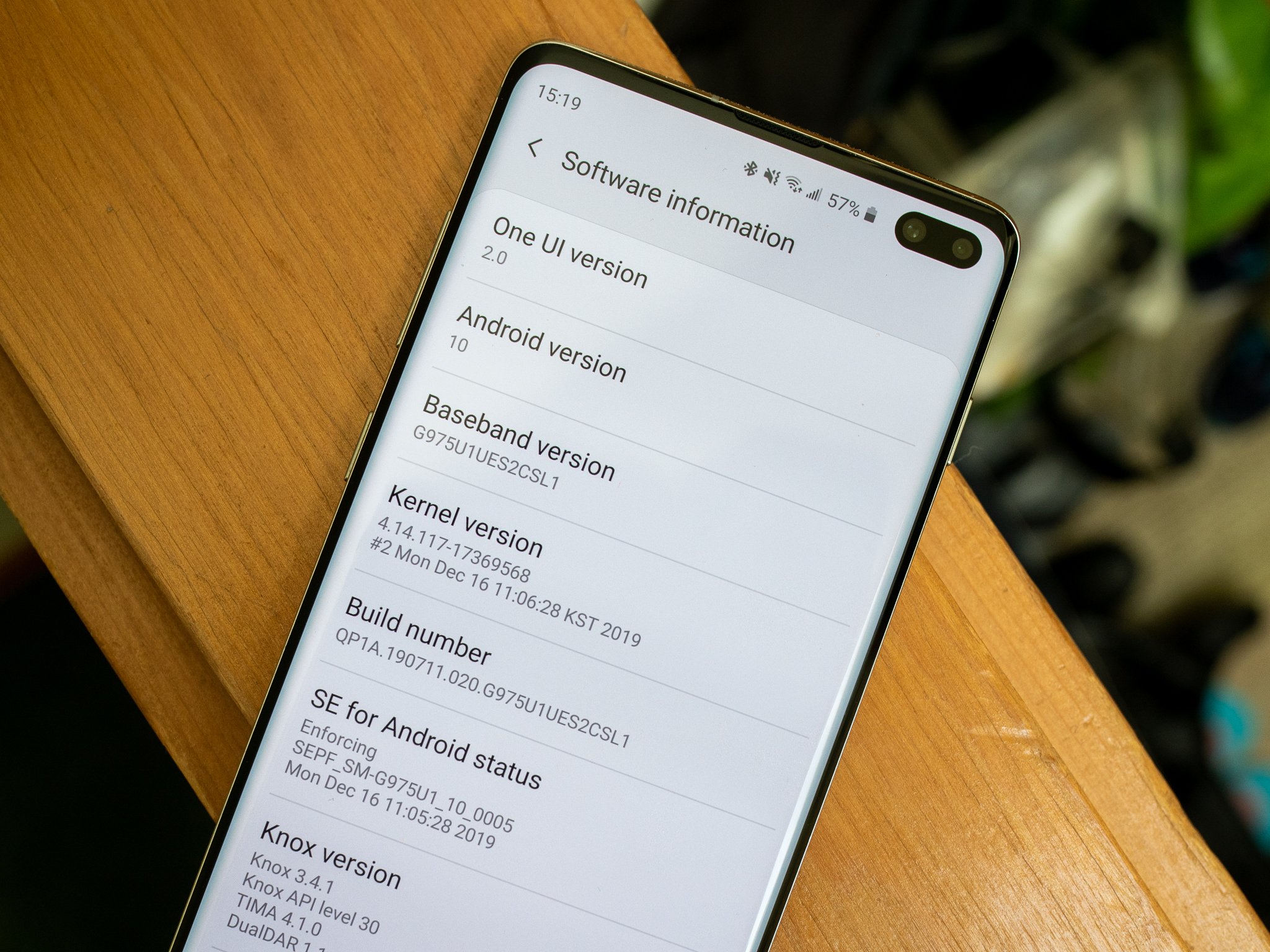
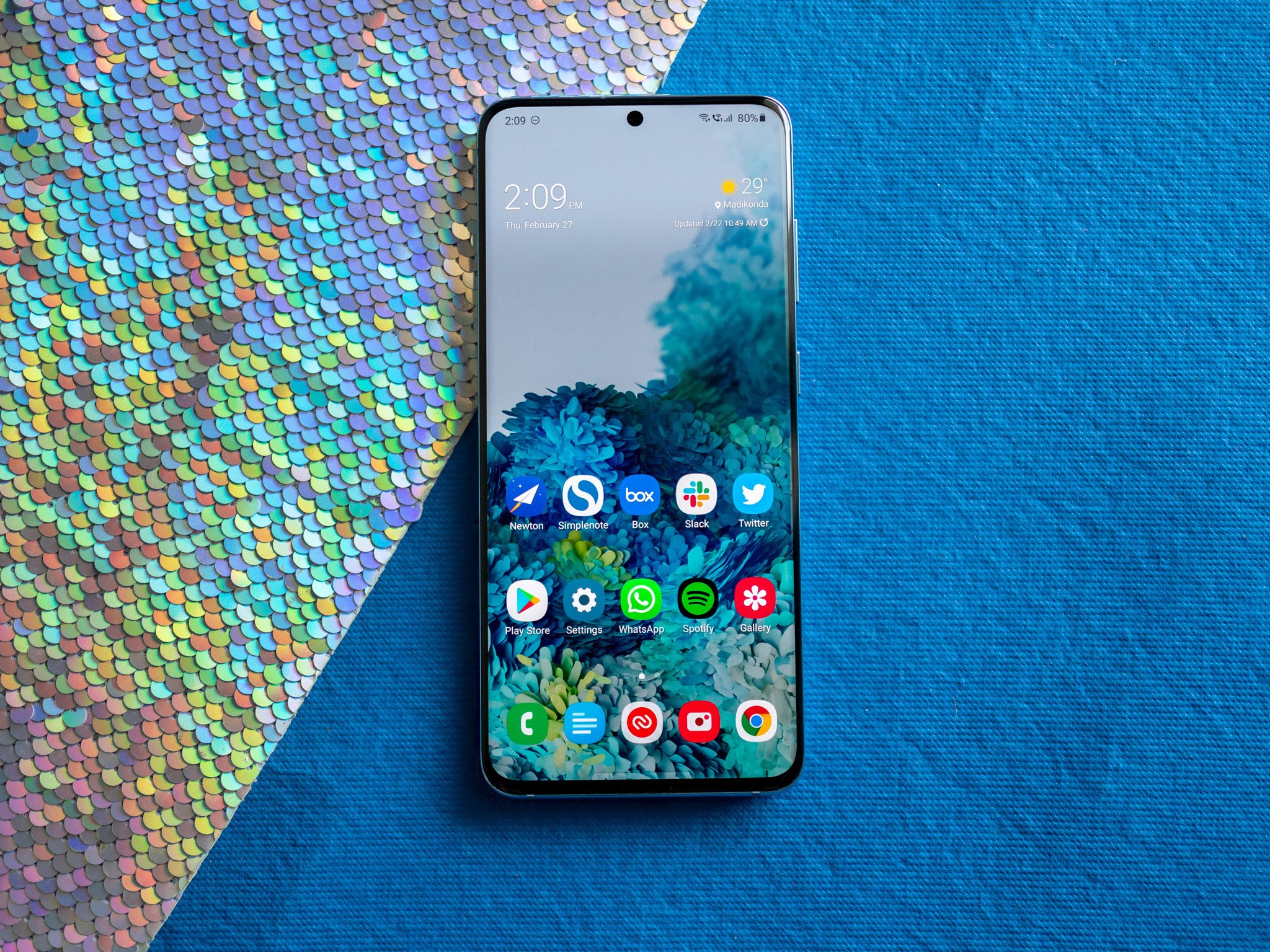
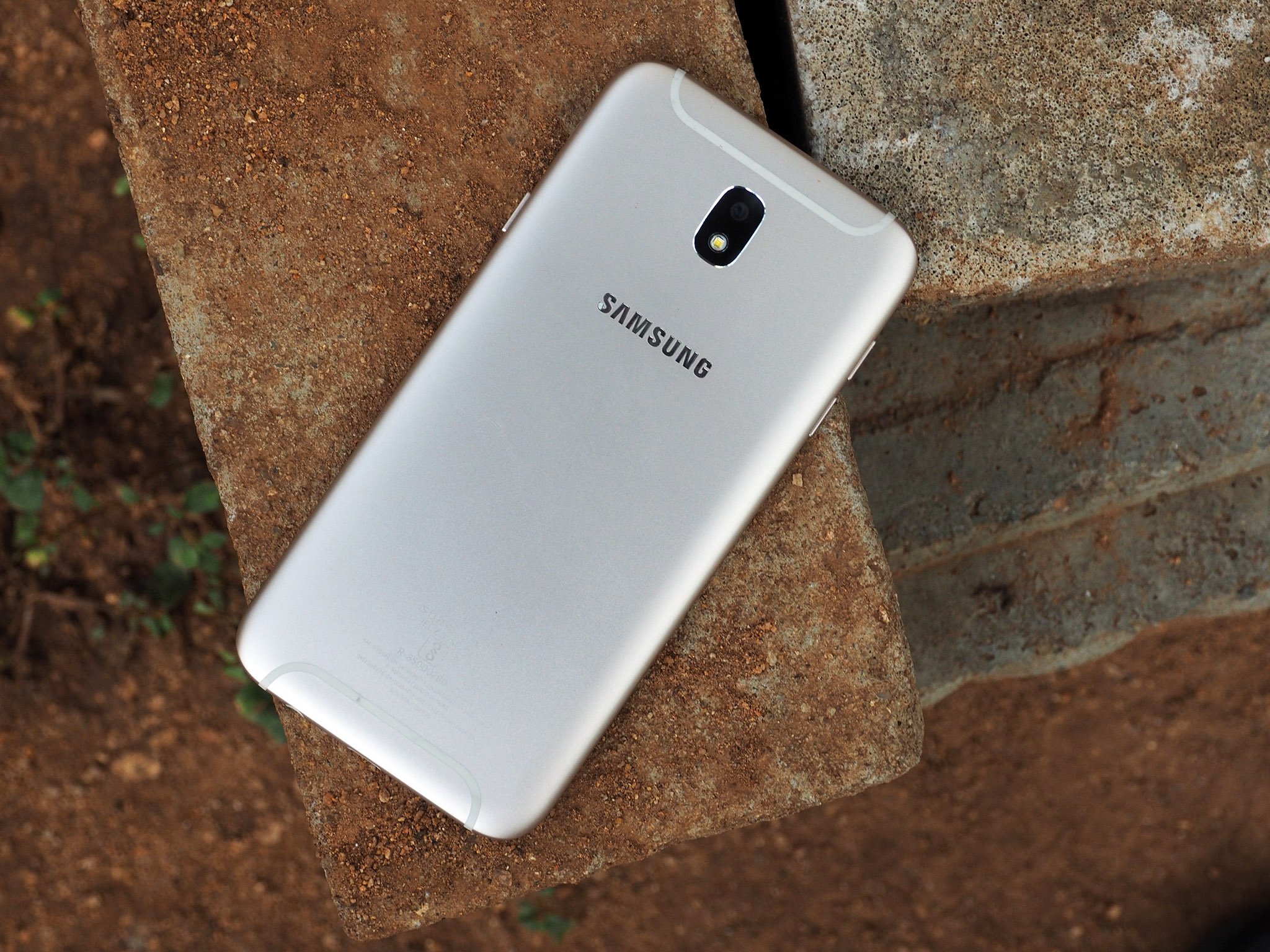
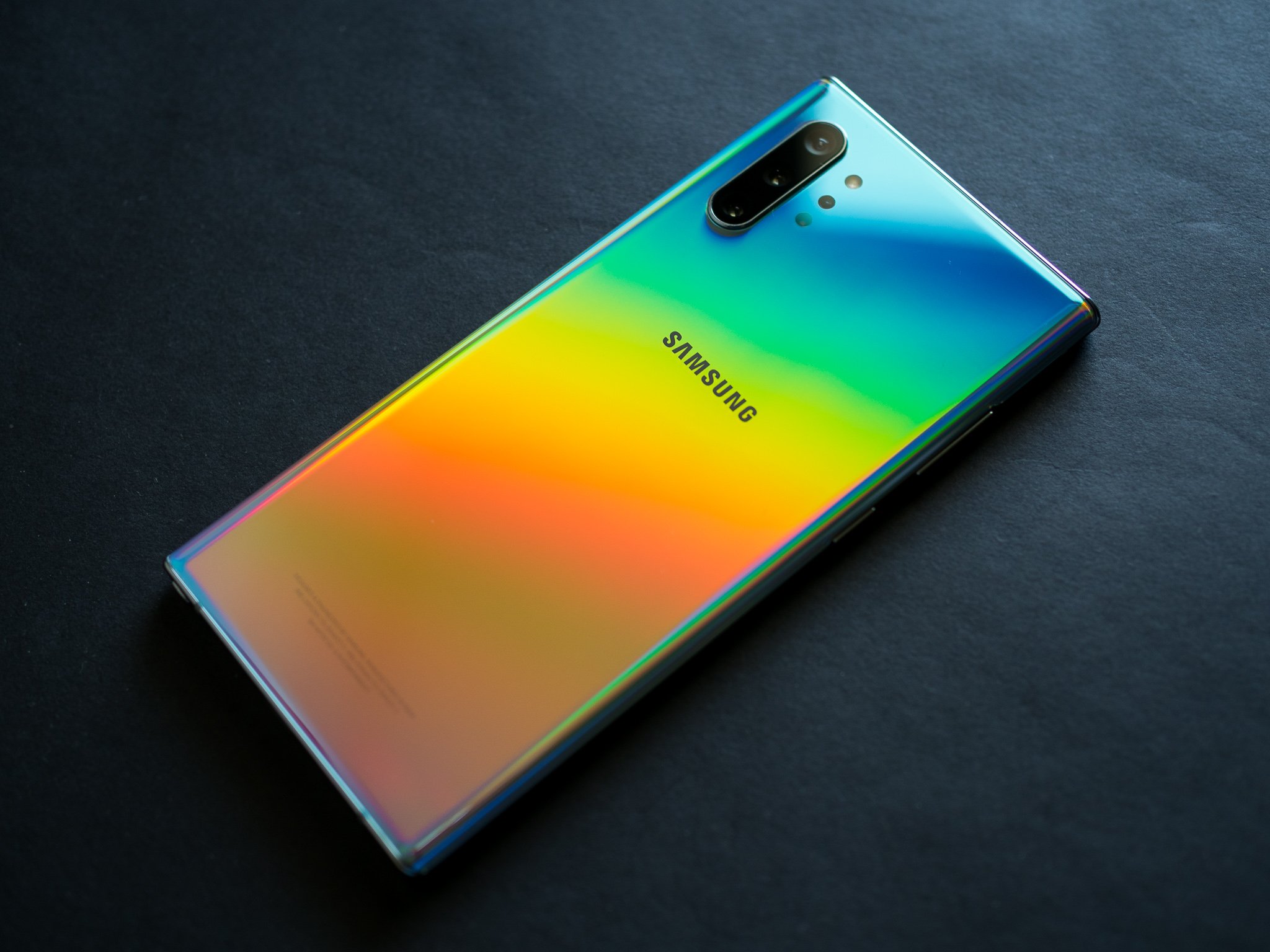
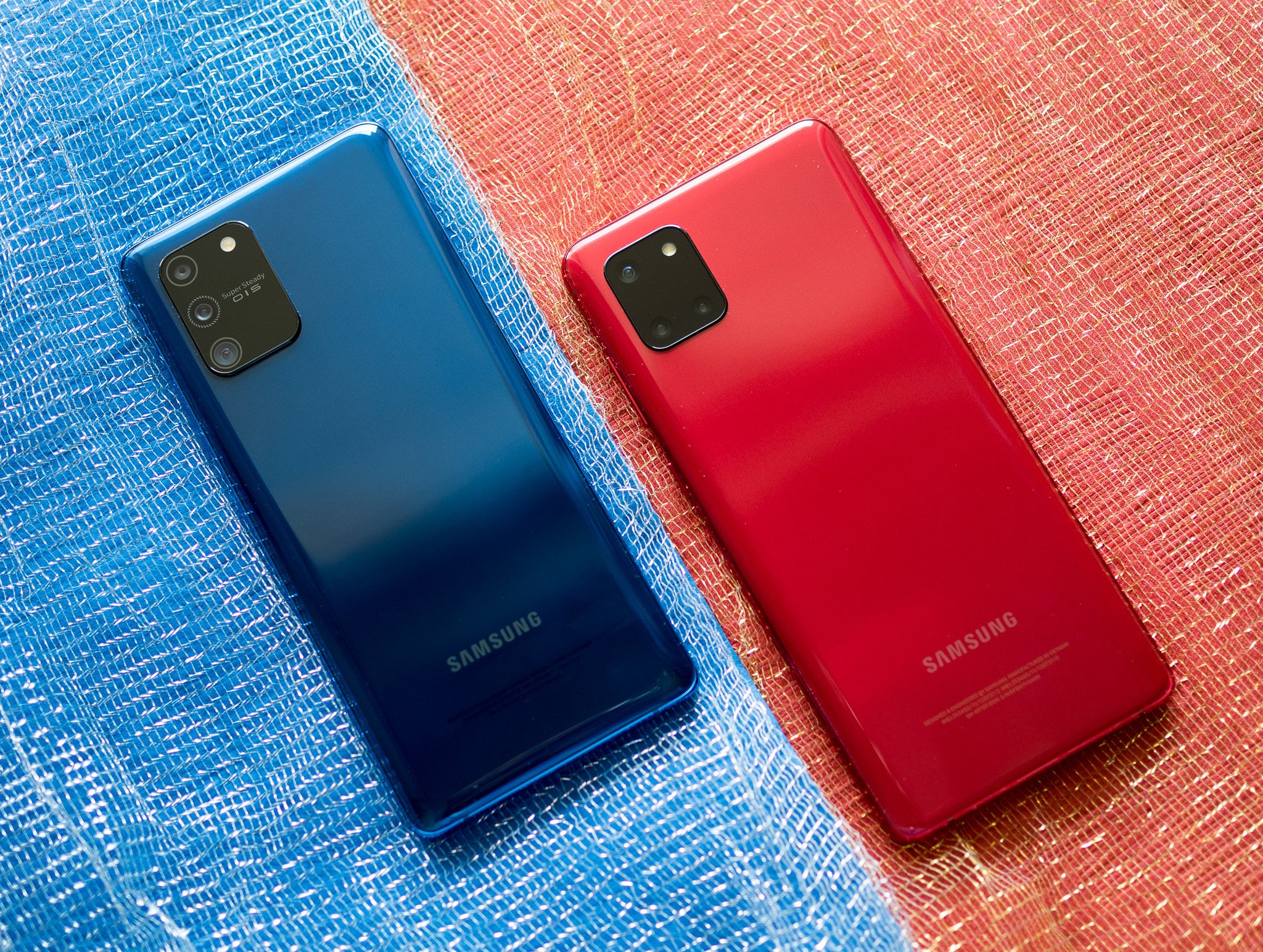
Tidak ada komentar:
Posting Komentar